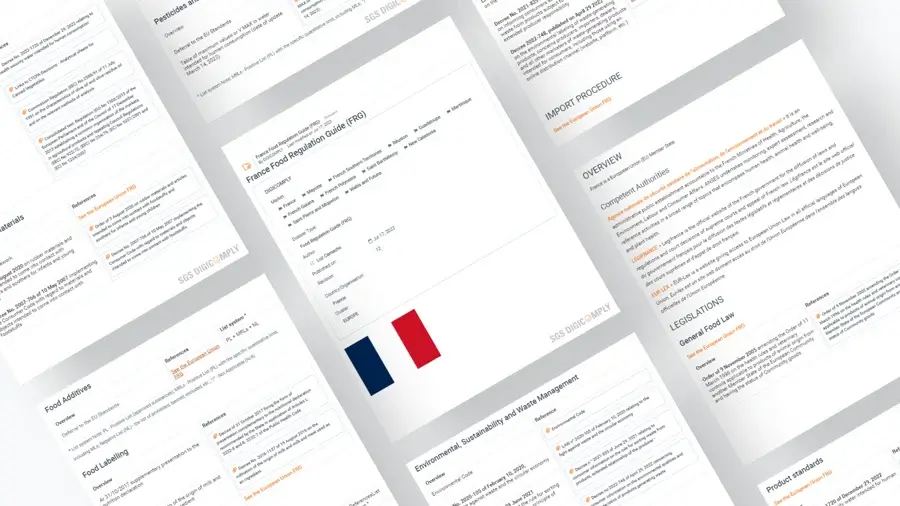What is European Environment Agency (EEA)
The European Environment Agency (EEA) is an agency of the European Union, established in 1993, that provides independent information on the environment. It plays a crucial role in supporting sustainable development and helping policymakers make informed decisions. The EEA is headquartered in Copenhagen, Denmark, and its primary mission is to provide data and analysis to help improve environmental policy and promote the understanding of environmental issues across Europe. It serves as a bridge between scientific research, environmental data, and policy-making, ensuring that the EU's environmental strategies are effective and evidence-based.
The Role of EEA in Environmental Monitoring
The EEA operates a comprehensive network of environmental monitoring systems, collecting data from various member states. This includes information on air and water quality, biodiversity, land use, climate change, and waste management. By synthesizing this data, the EEA creates reports that highlight trends and challenges across Europe, allowing for a more coordinated response to environmental issues.
Its flagship reports, such as the State of the Environment Report, provide a detailed overview of environmental conditions, while the European Environment Report offers insights into the effectiveness of current policies. These publications not only inform European policy but also serve as critical resources for businesses, including those in the food industry, who need to understand the regulatory landscape and environmental challenges they face.
Impact of EEA on the Food Industry
The food industry is significantly affected by environmental policies and regulations, particularly as concerns over sustainability and climate change grow. The EEA's work has a direct impact on this sector through several key areas:
1. Regulation and Policy Development
The EEA provides essential data that informs EU regulations related to food production, safety, and sustainability. For instance, regulations pertaining to pesticide use, water quality standards, and greenhouse gas emissions from agricultural practices are influenced by EEA assessments. This ensures that food businesses operate within frameworks that promote environmental stewardship.
2. Sustainability Initiatives
As the demand for sustainable food production increases, the EEA helps set benchmarks for environmental performance. The agency's research supports initiatives like the Farm to Fork Strategy, which aims to create a fair, healthy, and environmentally-friendly food system. By providing insights into best practices, the EEA helps food companies develop strategies that align with sustainability goals.
3. Climate Change Adaptation
Climate change poses significant risks to food production, including altered weather patterns and increased pest pressure. The EEA’s climate assessments guide the food industry in adapting to these changes. For example, the agency analyzes the impacts of climate variability on crop yields and food security, enabling producers to make informed decisions regarding crop selection and management practices.
4. Resource Efficiency
The EEA encourages resource efficiency, particularly in terms of water and energy usage in food production. By highlighting areas where waste can be reduced and efficiency improved, the agency supports food businesses in minimizing their environmental footprint. This not only benefits the environment but also enhances the economic viability of food operations.
5. Consumer Awareness and Education
The EEA plays a vital role in raising awareness about environmental issues related to food production among consumers. By disseminating information on the environmental impacts of food choices, the EEA fosters a more informed public. This shift in consumer behavior can drive demand for sustainable products, influencing food industry practices.
Challenges and Future Directions
Despite the positive impact of the EEA on the food industry, several challenges remain. The integration of environmental considerations into food production processes requires ongoing collaboration between policymakers, businesses, and consumers. Furthermore, as environmental issues become increasingly complex, the EEA must adapt its strategies to address emerging concerns, such as biodiversity loss and soil degradation.
Looking ahead, the EEA's role will be critical in the transition towards a more sustainable food system in Europe. Continued investment in data collection and analysis, coupled with stakeholder engagement, will be essential. The EEA's commitment to transparency and accessibility of information ensures that all parties, including food industry professionals, can make informed decisions that contribute to a healthier planet.
Conclusion
The European Environment Agency serves as a key resource for the food industry, providing vital information that shapes policies and practices. Its influence extends beyond regulation into areas of sustainability, climate adaptation, and consumer education. As the food industry faces increasing pressure to operate sustainably, the EEA will continue to play an essential role in guiding this transition through evidence-based insights and comprehensive environmental assessments.





